Easy ways to green your home
Some of the smartest green ideas are decidedly low-tech. Fact is, the sustainable homes of the future look a lot like those of the past.
Inconspicuously green
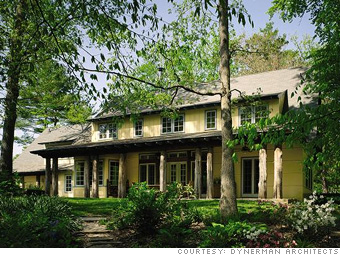
It's all about the eaves

Reuse and remodel
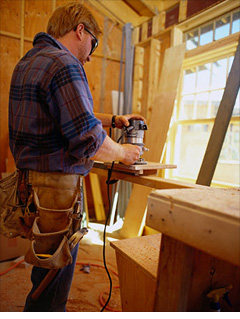
Yes, size matters
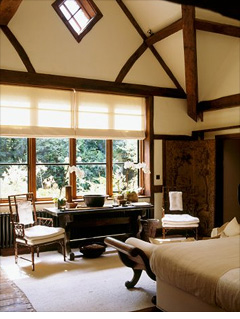
Cathedral ceilings were once the rage, but they can make heating your home a lot more expensive.
Unless you regularly prepare five-course meals with the help of a sous-chef, you'll likely find it most convenient to work in a kitchen that's no more than 20 feet long, with countertops no more than four feet apart. Bedrooms are for beds
The best bedrooms are designed around the spot where you'll sleep, not around the sitting area that you probably won't use as often as you think. Chairs in bedrooms have a way of just collecting the laundry you've been meaning to put away. More rooms can be better than one giant space
Instead of a high-ceilinged great room that combines a kitchen, dining room and living room, use the same square footage for a combination of rooms with standard ceilings. Divide them with french doors that you can open out when you want family togetherness. If you're building or renovating, the construction costs can be $100 per square foot lower than those for a double-height space. By getting rid of all that air overhead, you'll save on energy too.
The latest on renewable energy
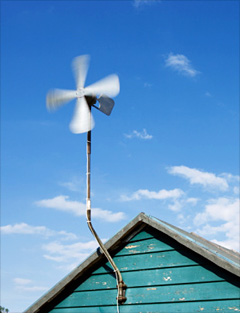
Let's just say you probably won't be installing a wind turbine in your backyard anytime soon. Even if the homeowners association didn't come after you with torches and pitchforks, the truth is most places aren't breezy enough.But in many areas it is possible to sign up with an electricity provider that gets its juice from renewable sources, often including wind. Your monthly bill may be about $10 higher, but you'll be doing your bit for the planet.Go to the Department of Energy's Green Power Network to find your local provider. The sun
A solar water-heating system can reduce the fossil fuel you'll need for showering and washing clothes. Before installing one, determine whether you have a sunny enough location to recoup the up-front costs, which can range from $3,000 to $8,000.
A solar electricity system can be pricey too. But if you're building, consider having your home pre-wired for it (for an extra $1,500 or so). Then you can install photovoltaic panels after they get cheaper (as they undoubtedly will).
Get a zone defense
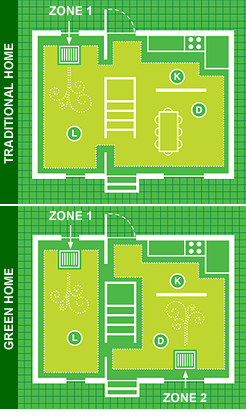
No comments:
Post a Comment